Class 4 Science - Adaptation in Animals - CBSE Worksheets - 1
Q1: Give two examples of the following.
(i)Animals in aquatic habitat _______________ _______________ 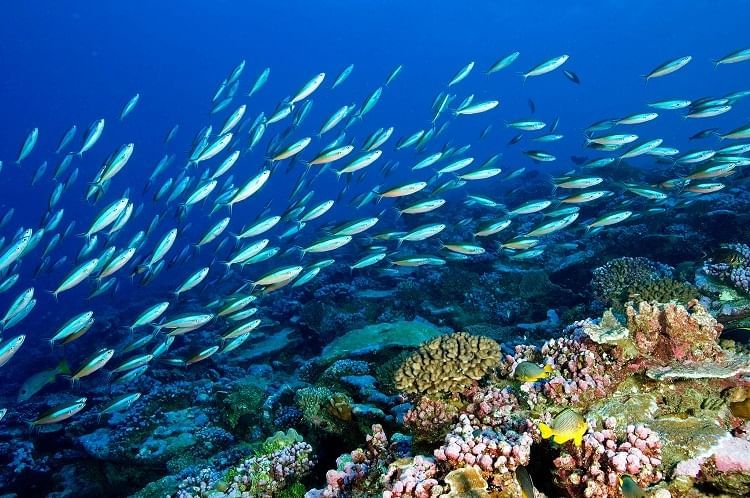 Aquatic Habitat
Aquatic Habitat
(ii) Animals in polar region _______________ _______________
(iii) Animals that live on trees _______________ _______________
(iv) Feature for protection _______________ _______________
(e) Parasites _______________ _______________ 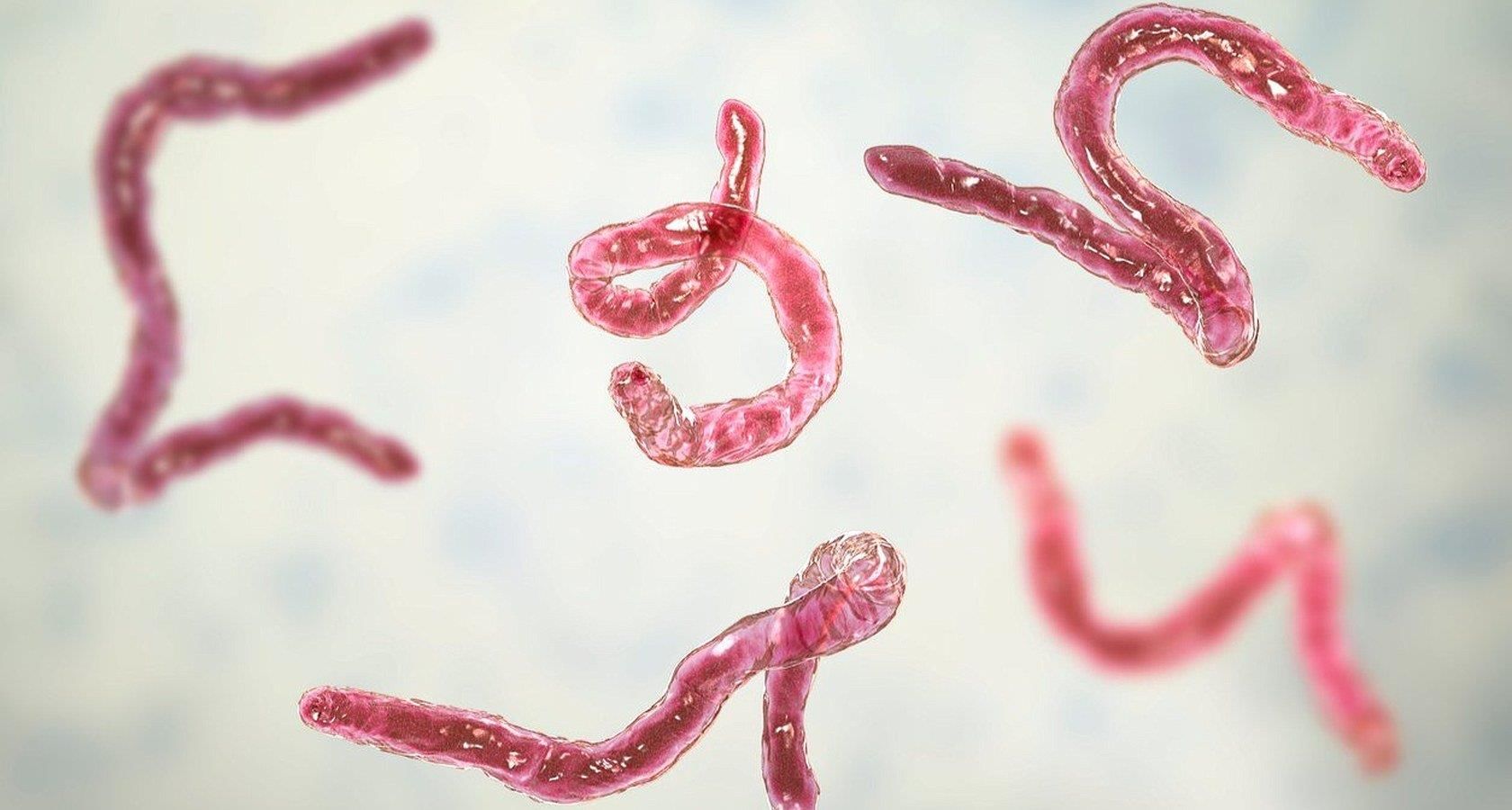 Parasites
Parasites
Q2: Multiple Choice Questions (MCQs).
(i)Which of the following is an adaptive feature of a penguin?
(a)Strong legs
(b) Thick skin
(c)Gills
(d)Fur on body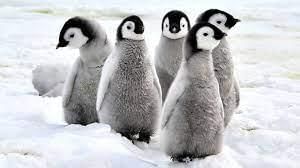 Penguin
Penguin
(ii) Which of the following is habitat of a cow?
(a)Desert
(b)River
(c)Tree
(d) Open land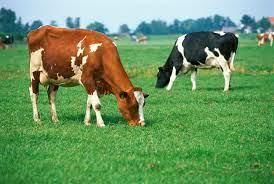 Cows
Cows
(iii) _______________ is an arboreal animal.
(a)Opossum
(b)Cat
(c)Lion
(d)Tiger
(iv) Which of the following is not a feature for protection?
(a)Shell
(b)Horn
(c)Wings
(d)Scales
(v) _______________ have a combination of tearing, biting and grinding teeth.
(a)Herbivores
(b)Carnivores
(c)Omnivores
(d) Parasites
Q3: Read the clues and guess the answers.
(i) This animal lives in a burrow.
(ii)It has fins and it breathes through gills.
(iii)It lives inside the human body.
(iv) This is a bird but cannot fly.
(v)It has moist skin and can live both in water and on land.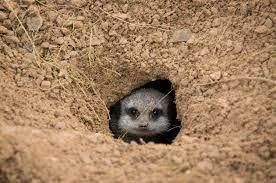
Q4: True & False.
(i)Adaptation helps an animal to live uncomfortably.(ii) The animals that live in cold places have a thick fur on body.
(iii)Leech is a parasite.
(iv)The Arctic fox can change its colour.
(v)All animals can camouflage themselves.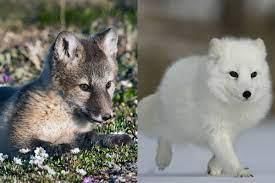 Arctic fox
Arctic fox
Q5: Match the following.
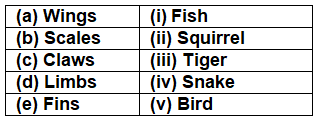 Q6: Answer the following questions in brief.
Q6: Answer the following questions in brief.
(i)What are terrestrial animals?
(ii)Define camouflage. Explain how camouflage is useful to Arctic fox.
(iii)Explain some adaptations in animals living in Polar Regions. 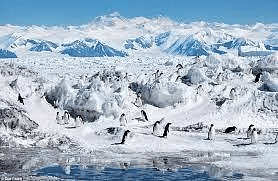 Polar Regions
Polar Regions
(iv)Differentiate between arboreal animals and aerial animals.
(v)What is migration? Name any three animals that migrate from their original place.
You can find Worksheets Solutions here: Worksheet Solutions: Adaptation in Animals - 1
|
49 videos|156 docs|34 tests
|
FAQs on Class 4 Science - Adaptation in Animals - CBSE Worksheets - 1
| 1. What are some common adaptations in animals that help them survive in their environments? |  |
| 2. How do adaptations affect the behavior of animals? |  |
| 3. Can you give examples of adaptations in desert animals? |  |
| 4. What is the role of natural selection in the development of adaptations in animals? |  |
| 5. How do human activities impact animal adaptations? |  |






















